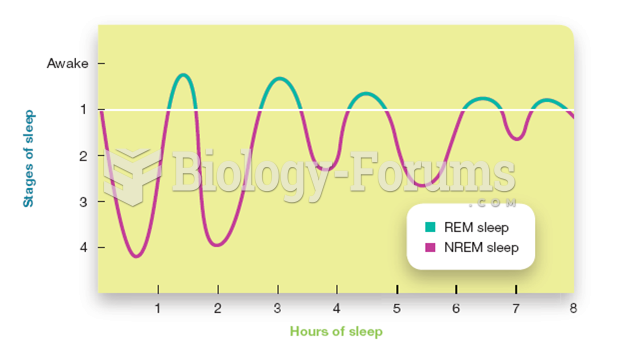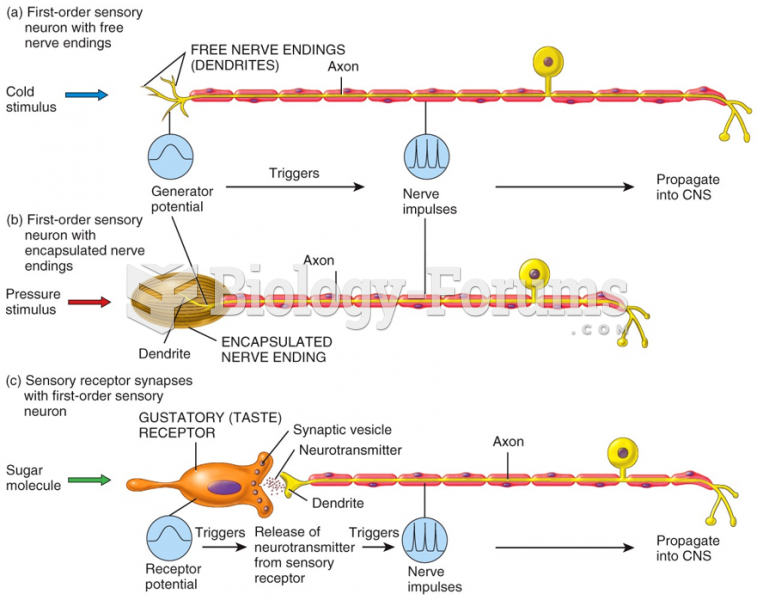Arrange the following in decreasing order of their nucleophilicity.
CH
3CH
2CH
2Li, CF
3CH
2CH
2O, CH
3CH
2CH
2O, CH
3CH
2CH
2S
a.
CH
3CH
2CH
2Li > CH
3CH
2CH
2S > CH
3CH
2CH
2O > CF
3CH
2CH
2O
b.
CH
3CH
2CH
2S > CH
3CH
2CH
2O > CF
3CH
2CH
2O > CH
3CH
2CH
2Li
c.
CH
3CH
2CH
2Li > CF
3CH
2CH
2O > CH
3CH
2CH
2O > CH
3CH
2CH
2S
d.
CF
3CH
2CH
2O > CH
3CH
2CH
2O > CH
3CH
2CH
2S > CH
3CH
2CH
2Li
Question 2Provide a neatly drawn mechanism for the following reaction, including curved arrows to show the movement of pairs of electrons and the structure of reactive intermediates.

Question 3Provide a neatly drawn mechanism for the following reaction, including curved arrows to show the movement of pairs of electrons and the structure of reactive intermediates.

Question 4What is the major organic product obtained from the following reaction?

Question 5What is the major organic product obtained from the following reaction?

Question 6What is the major organic product obtained from the following reaction?

Question 7What is the major organic product obtained from the following reaction?

Question 8What is the major organic product obtained from the following reaction?

Question 9What is the major organic product obtained from the following reaction?

Question 10What is the major organic product obtained from the following reaction?

Question 11What is the major organic product obtained from the following reaction?

Question 12What is the major organic product obtained from the following reaction?

Question 13What is the major organic product obtained from the following reaction?

Question 14Draw all of the chloroalkanes that undergo base-promoted dehydrochlorination to form the following alkene?

Question 15Draw all of the chloroalkanes that undergo base-promoted dehydrochlorination to form the following alkene?

Question 16Draw all of the chloroalkanes that undergo base-promoted dehydrochlorination to form the following alkene?

Question 17Draw all of the chloroalkanes that undergo base-promoted dehydrochlorination to form the following alkene?








